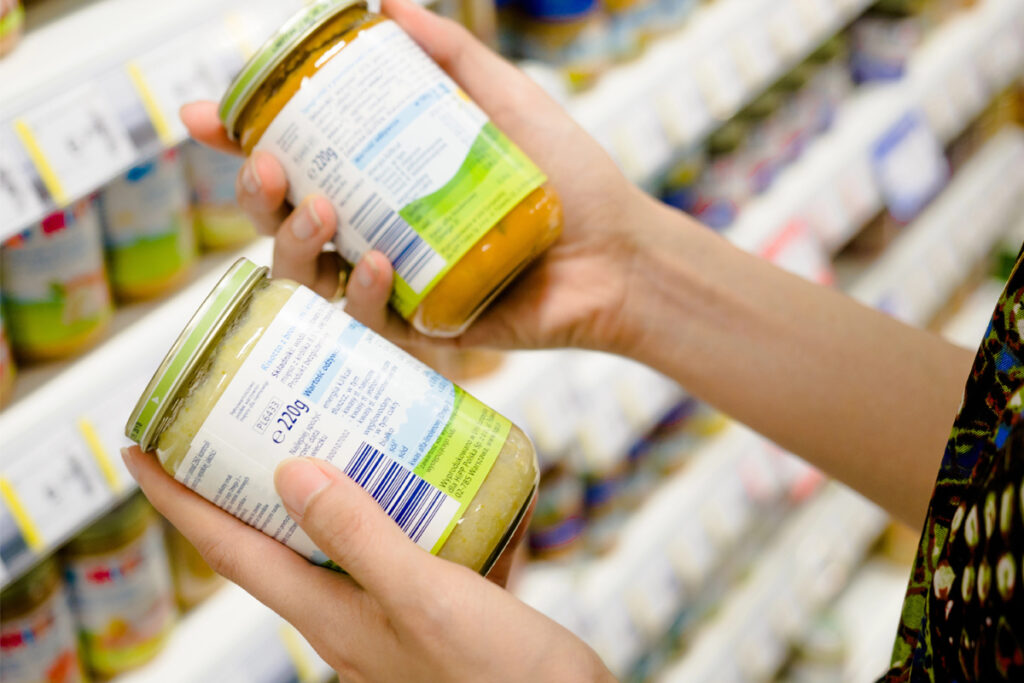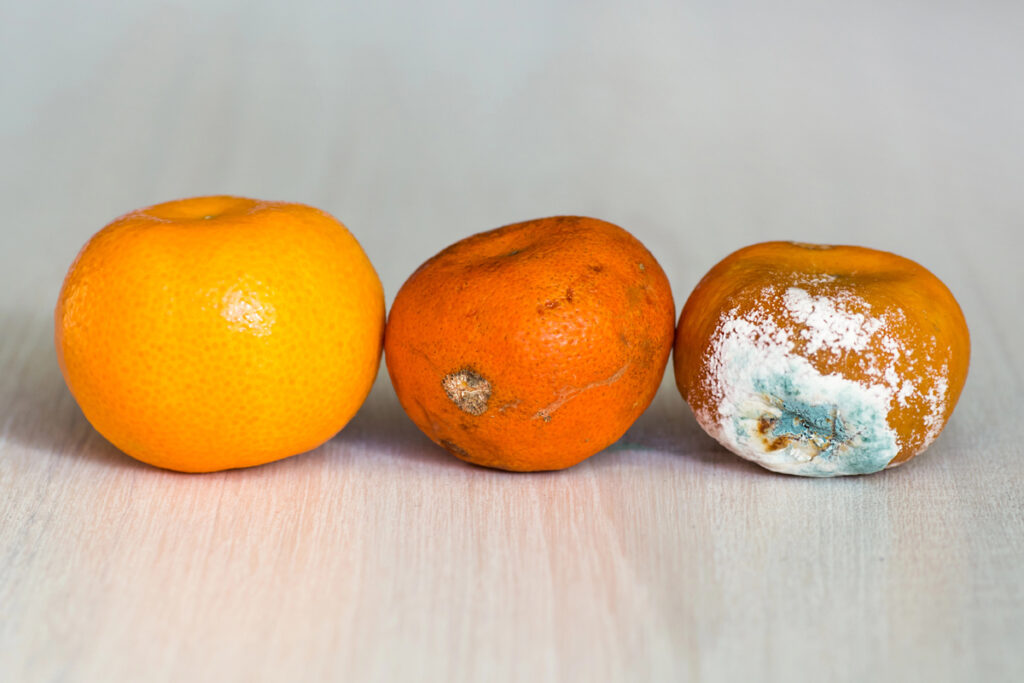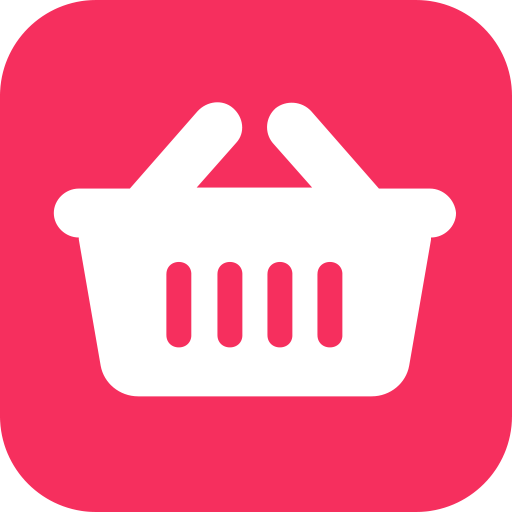When buying food in a shop, many people pay attention to the dates on the packaging to avoid spoilt goods. However, not everyone understands the difference between two important concepts: shelf life (MHD) and date of consumption. They may seem similar at first glance, but they have fundamental differences that are important to know so that you don’t throw away products prematurely and take care of your health.
What is shelf life (MHD)?
The Minimum Shelf Life (Mindesthaltbarkeitsdatum), or MHD, is a quality guarantee provided by the manufacturer. It indicates that the product will retain its taste, visual properties and flavour until a specified date. For example, if you bought a yoghurt with MHD before 15 October, it doesn’t mean that the product will spoil and become inedible the next day. It will probably still be edible, but perhaps the flavour or consistency may change slightly.
MHD is the responsibility of the manufacturer
It is important to realise that MHD is set based on various studies that manufacturers carry out. They study how the product reacts to storage under different conditions and how long its quality and safety lasts. So when you see the MHD date on the packaging, it is more of a guideline than a hard limit. If the product has been stored correctly, it can be safely consumed beyond this date, the key is to rely on your senses.
Consumption date: what does it mean?
In contrast to MHD, the consumption date (Verbrauchsdatum) indicates the period until which the product must be consumed without exception. This figure is used for perishable goods such as raw meat, fish and some dairy products.
Shelf life and date of consumption
It is important not to confuse the date of consumption with the MHD, as the expiry of this date means that the product can no longer be used. Its sale is prohibited and consumption can be hazardous to health as pathogens develop rapidly in such products.
For example, if you bought fish with a consumption date before 10 October, the next day the product will be unsafe. Even if the fish looks and smells fresh, bacteria can develop inside, causing food poisoning. Therefore, it is extremely important to stick to this date and not risk your health.

Products without an expiry date: are there any?
Not all products require an expiry date. For example, salt, sugar or vinegar can be stored almost indefinitely under the right conditions. This is because they either do not spoil or there are no conditions for microorganisms to multiply in them.
Products containing alcohol and sugar
Foods without mandatory MHD include alcoholic beverages with an alcohol content above 10%, as well as freshly baked goods that must be eaten within a day. This also includes certain sweets that are sugar based.
How do I know if a product is still good?
If you have an expired MHD product at home, don’t rush to throw it away. Firstly, look at the packaging: if it’s not damaged, it’s a good sign. Next, smell the product and assess its appearance. If the smell is fresh and the colour is still normal, try a small piece. If the flavour has not changed, the product can be used.

Products that are suitable after the MHD has expired
For example, dairy products such as yoghurt or milk can remain fresh for several days after the MHD has expired. Baked goods are also usually good for a couple of days after the expiry date. Even eggs can remain fresh for up to two weeks after the specified date if stored properly in the refrigerator. However, it is advisable to cook eggs thoroughly after the expiry date, as this kills possible bacteria such as salmonella.
Foods such as rice, pasta or flour can be edible for months after the MHD expiry date if they have been stored in a dry and cool place. The same goes for coffee, tea, and jams – they can delight you with their flavour even long after the specified period if they have avoided moisture and direct sunlight.
Understanding the difference between the minimum shelf life and the date of consumption allows you to use food more responsibly. The MHD is more of a guideline for preserving a product’s qualities, while the consumption date is a strict indication that it is safe to eat. By following simple rules, you can avoid unnecessary waste, avoid throwing away food prematurely and at the same time preserve your health.


